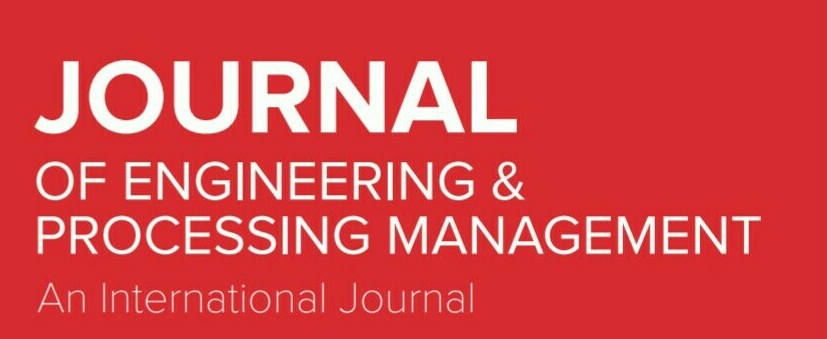An exploration of the effects of low-pressure plasma discharge on the physicochemical properties of chia (Salvia hispanica L.) flour
DOI:
https://doi.org/10.7251/JEPM1902073UAbstract
This work explores the preliminary feasibility of employing the low-pressure cold
plasma technology for the modification of the properties of chia flour. Chia flour was
exposed to low pressure plasma in air for 5 min, 10 min, and 15 min, at two different
power levels (40 W and 60 W). The oils extracted from untreated and treated chia
flour were exhaustively characterized for fatty acid composition, nutritional value,
and rancidity indices using thermal calorimetric methods (DSC/TGA). The results
indicated a significant change in the colour of flour with an increase in lightness.
Infrared and ultraviolet spectroscopy indicated changes in the tocopherol groups of
the oil extracted from plasma treated chia flour. However, the oil extracted from
plasma treated chia flour revealed a loss of conjugated dienes and formation of
trans-fatty acids as seen in conventional hydrogenation of edible oils. DSC and TGA
results revealed better oxidative stability of low-pressure plasma treated oils than
control, which was linked to a relative increase of MUFA in the former.

